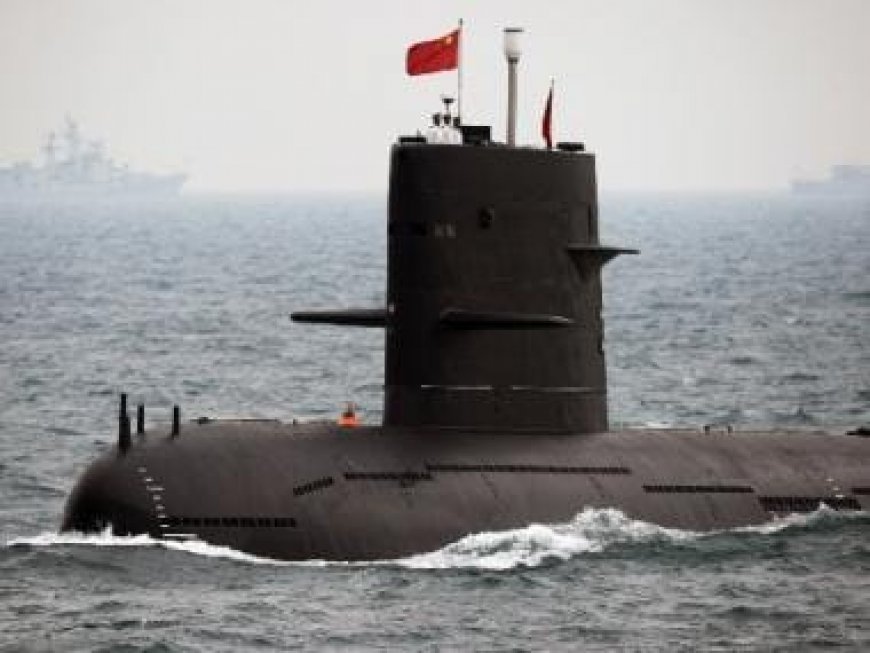China moves one step closer to end US's dominance in ocean, know how
China moves one step closer to end US's dominance in ocean, know how

In a groundbreaking discovery, researchers from the Chinese Academy of Sciences (CAS) have unveiled an ultra-sensitive magnetic detector with the capability to detect minute traces of highly advanced submarines over vast distances.
The findings were recently published in the peer-reviewed Journal of Ship Research (JSR).
The detector offers a promising solution for submarine detection and tracking, marking a significant stride towards altering the status quo in ocean surveillance, reported The Eurasian Times.
The research investigates the feasibility of detecting nearly imperceptible bubbles generated by swiftly moving nuclear-powered submarines. These bubbles are a consequence of the interaction between a submarine’s hull and surrounding water as it gains speed.
Traditional methods of submarine detection hinge on two key phenomena: “cavitation” and “Magnetic Anomaly Detection (MAD).”
Cavitation is the formation and subsequent implosion of bubbles created by the propellers and hull of a submarine as it moves through water. These bubbles generate distinctive acoustic signals that adversaries attempt to detect to ascertain the submarine’s location.
Magnetic Anomaly Detection (MAD), another conventional technique, relies on identifying disruptions in Earth’s magnetic field caused by ferromagnetic materials, primarily steel, found in submarines. This detection method is employed by Anti-Submarine Warfare (ASW) aircraft, which deploy specialised buoys to locate submarines.
The Chinese researchers, however, have introduced a novel approach. They have found that the cavitation bubbles emit Extremely Low Frequency (ELF) signals within an artificial electric field.
These ELF signals possess remarkable characteristics, potentially surpassing the sensitivity of advanced magnetic anomaly detectors by several orders of magnitude.
As the submarine moves, cavitation bubbles expand and venture away from the surface, where increased pressure causes them to implode violently, generating turbulence. This turbulence leads to the “magnetohydrodynamic (MHD) effect,” creating an electromagnetic signature. The strength of this electromagnetic field correlates with the turbulence intensity.
Despite their faint nature, ELF signals can traverse significant distances through water and even penetrate the ionosphere, returning to Earth’s surface.
This property has long been exploited by navies for submarine communication, with China boasting a massive antenna for transmitting ELF signals to its submarines.
With inputs from agencies
What's Your Reaction?



























































